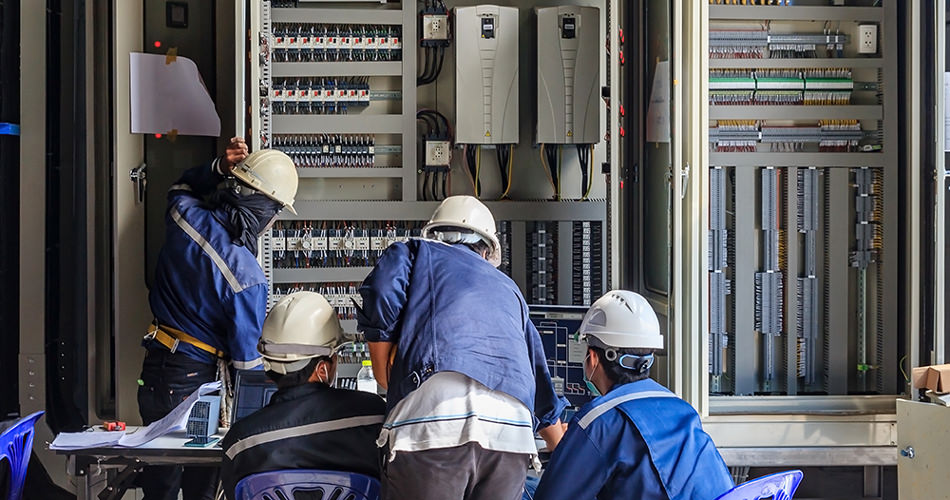The electrical needs of a residential structure are way different compared to industrial and commercial facilities. The latter usually requires more power to be distributed in various offices or plants. Conduit resistance and compressive strength are two of the main essential factors when tackling craft business and industries.
The need and demand difference explains why the standards for an electrician for commercial and industrial facilities are more stringent compared to residential facilities.
In commercial facilities like hotels, railway stations, airports, and other public areas, the key priorities are the prevention of harmful smoke gas and keeping the integrity of the circuit in case of fire.
Electricians specialising in these structures usually partner with providers that also offer electrical conduits for all types of mechanical stress, aggressive substance resistance, and fire and heat resistance.
Given these electrical needs of commercial and industrial facilities, it is essential to work with an electrician who is knowledgeable and skilled in high-level electrical designs. To find someone who can get the electrical job done, it is crucial that you also have basic knowledge and understanding of the electrical demands of your commercial structure.
Power distribution in smaller commercial structures
Small commercial structures have a more straightforward power distribution system compared to larger ones. The building is expected to have its dedicated transformer attached to a specific utility pole or will sit on a pad located outside the facility.
The said transformer will be responsible for reducing the voltage down to 120/208 or 120/240 from 13.8kV. Once it is reduced, it will be passed to an electric meter.
The power is then transmitted to different parts of the building after it leaves the meter. To securely distribute the power to the rest of the building, your electrician should set up the wires that will transfer electricity to the panel board from the meter. He is also responsible for securing the panel in a utility closet and making sure that the panel board is correctly connected to the primary and additional circuit breakers.
Power distribution in larger buildings
Things can get more complicated with larger commercial buildings. This is why you need an electrician for commercial enterprises.
Since these buildings usually have bigger electrical loads compared to homes and smaller structures, your electrician must make sure that your facility’s electrical equipment is large enough to tackle such demands.
Your electrician might even recommend the purchase of electricity at higher voltages since it’s cheaper in the long run. He will then install a step-down transformer to lower the voltage down to a usable level. Once correctly set up, the electricity is ready to be transmitted to the switchgear. This tool is used to efficiently and safely distribute power to different electrical closets in the building. Your electrician knows how to utilize the various safety features of the switchgear.
Remember that buildings with complex electrical needs and systems may need multiple transformers. This also means that your electrician will need to install numerous switchgear.
The Takeaway
The power distribution system of commercial buildings is, in itself, complicated to understand. However, things will be easier if you work with a licensed professional commercial electrician. He can explain all these complexities to you, along with the needs of your facility, and do everything he can to make your building safe from and other electrical hazards.

